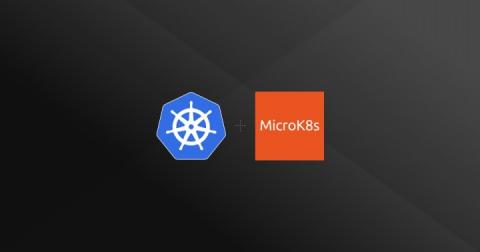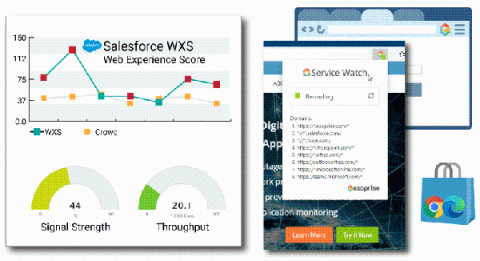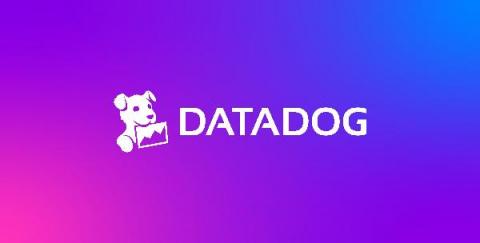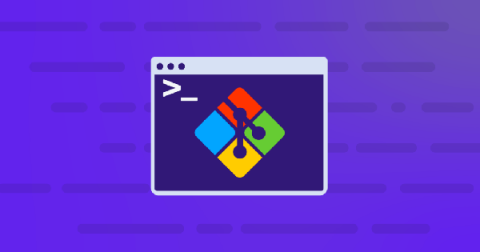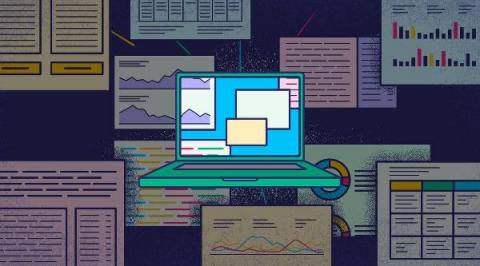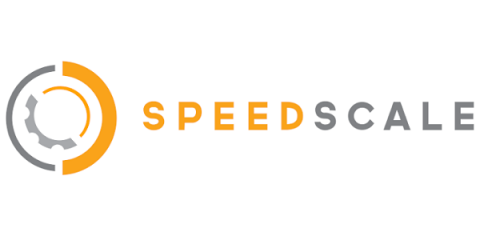Operations | Monitoring | ITSM | DevOps | Cloud
Latest Blogs
Why You Should Stop Hoarding Metrics
Serverless lets you deploy applications far away in a data center of a cloud provider. This relieves you of the lion’s share of operational burdens. The more you buy into your cloud provider’s ecosystem, the less you have to do yourself: no more OS updates or database bugfix installations. But you still need to do some operation-related work on your own. For instance, monitoring your application to know what’s going on in that far away data center.
Detecting Trickbot with Splunk
The Splunk Threat Research Team has assessed several samples of Trickbot, a popular crimeware carrier that allows malicious actors to deliver multiple types of payloads.
How to Instrument a Java App Running in Amazon EKS
As we start to see big moves from monolith deployments to microservices, the adoption of Kubernetes has become top of mind for many SREs. Organizations can leverage the open-source system to automate deployments, scale, and manage containers, making Kubernetes one of the primary solutions for delivering workloads. However, maintaining the system can be difficult and, in some cases, overwhelming.
How to test the latest Kubernetes 1.22 release candidate with MicroK8s
Today, the Kubernetes community made the 1.22 release candidate available, a few weeks ahead of general availability, planned for August the 4th. We invite developers, platform engineers and cloud tech enthusiasts to experiment with the new features, report back findings and bugs. MicroK8s is the easiest way to get up and running with the latest version of K8s for testing and experimentation.
Web Experience Monitoring for End-Users
Exploring the Internet and accessing SaaS applications via a web browser such as Google Chrome, Firefox, or Microsoft Edge is commonplace today. At times, end-users visiting apps through multiple channels face performance issues of slow Wi-Fi (Network) speed, increased page response times (TTFB), and long page load times resulting in end-user dissatisfaction and frustration.
Key takeaways from the U.S. executive order on cybersecurity
On May 12, 2021, President Biden signed an executive order calling on federal agencies to improve their cybersecurity practices. Following the recent SolarWinds and Colonial Pipeline attacks, it is clear that security incidents can severely impact the economy and civilians' day-to-day lives and that cybersecurity needs to be a high-priority issue. We encourage you to read the full executive order.
What is Git Bash?
As a version control system, Git is delivered within Unix style command line methods, and these commands ultimately create the backbone of Git’s software. MacOS & Linux Operating Systems have a built-in terminal shell that supports Unix-based command line features whereas Microsoft Windows Operating System command line prompt is not a Unix-based terminal.
How to mitigate DevOps tool sprawl in enterprise organizations
There’s an insidious disease increasingly afflicting DevOps teams. It begins innocuously. A team member suggests adding a new logging tool. The senior dev decides to upgrade the tooling. Then it bites. You’re spending more time navigating between windows than writing code. You’re scared to make an upgrade because it might break the toolchain. The disease is tool sprawl.
Choosing an API technology: gRPC, REST, GraphQL
How do you choose an API style and API technology when you start a new project? Today, if you look at API technology research such as RapidAPI Developer Survey and Insights, you’ll probably conclude that REST is the dominant force in the API landscape. While REST is certainly well-known to most developers and used in a lot of production environments, it may not be the best fit for every scenario.





